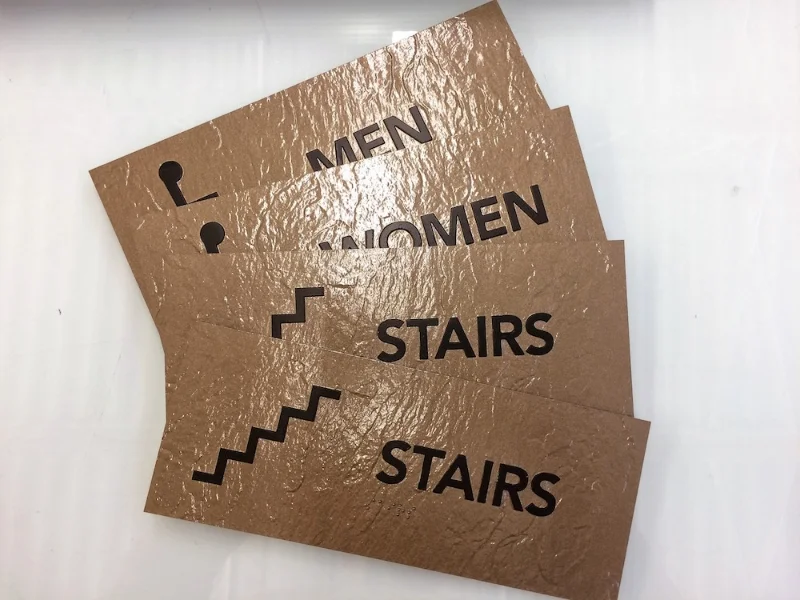Which Tactile Signs are Buildings Required to Have?
Every public building must have a certain set of tactile signs in place that comply with the ADA guidelines. For interior designers and architects, this means that understanding which signs your client’s building requires becomes a necessity when working on a project.
While the ADA guidelines are relatively easy to follow, the penalties for breaking them can amount to fines and litigation. To reduce the risks of this, designers should make sure they fully understand what signs are required to be posted in all commercial buildings.
Defining Commercial Buildings
The ADA defines a commercial building as a facility used as, or designed or constructed for use as a place of public accommodation. These can include:
- Hotels
- Schools & Campuses
- Restaurants & Bars
- Corporate Offices
- Manufacturing Plants & Warehouses
- Municipal Buildings
ADA Signs that Must Always be Displayed
In general, there are a few tactile signs that every commercial building must have. These include:
- Signs inside stairwells that identify the floor, stair and exit levels
- Signs by every elevator
- Signs that identify restrooms (and accessible restrooms)
- Signs identifying any permanent rooms
Permanent rooms are those that do not change function. These rooms must be identified by a sign with the room’s name (kitchens, closets, etc.). Any temporary rooms (offices, classrooms, etc.) that do not serve a permanent function can be identified with a number.
Signs that Do Not Need to be ADA Compliant
There are certain interior and exterior signs that do not need to follow ADA guidelines. Some of these include:
- Building Addresses
- Directories
- Parking Signs
- Temporary Signs (any signs that will be removed in less than 7 days after installation)
Tactile Sign Specifications
There are guidelines that govern the specific fonts, finishes and pictograms that ADA signs can have. You can read more about how to comply with ADA signage requirements on our site or download our specifications sheet for more information.
Replacing Old Tactile Signs
Even if a building already has ADA signs in place, they must be updated to abide by the latest ADA guidelines whenever significant renovations take place. That’s why it is important to consult with a company that understands ADA guidelines.
At Encompass, we work with designers and architects to help facilitate the process of sign creation. Just submit your designs to us, and our team will use our unique thermoforming process to create signs for your next project. Contact our team today to get started.







